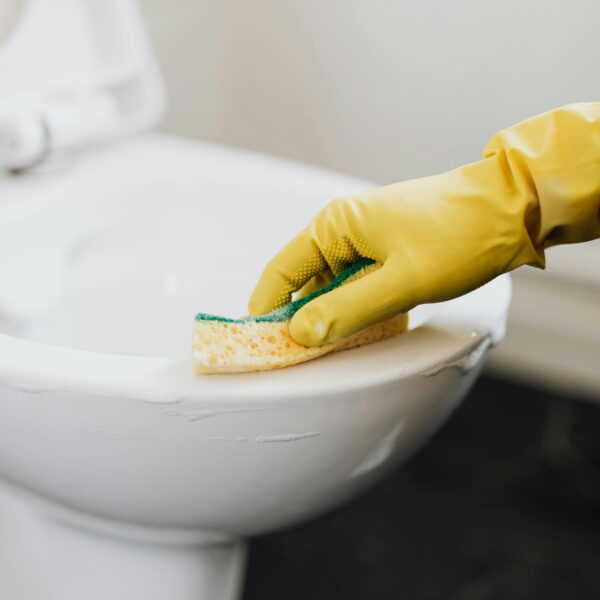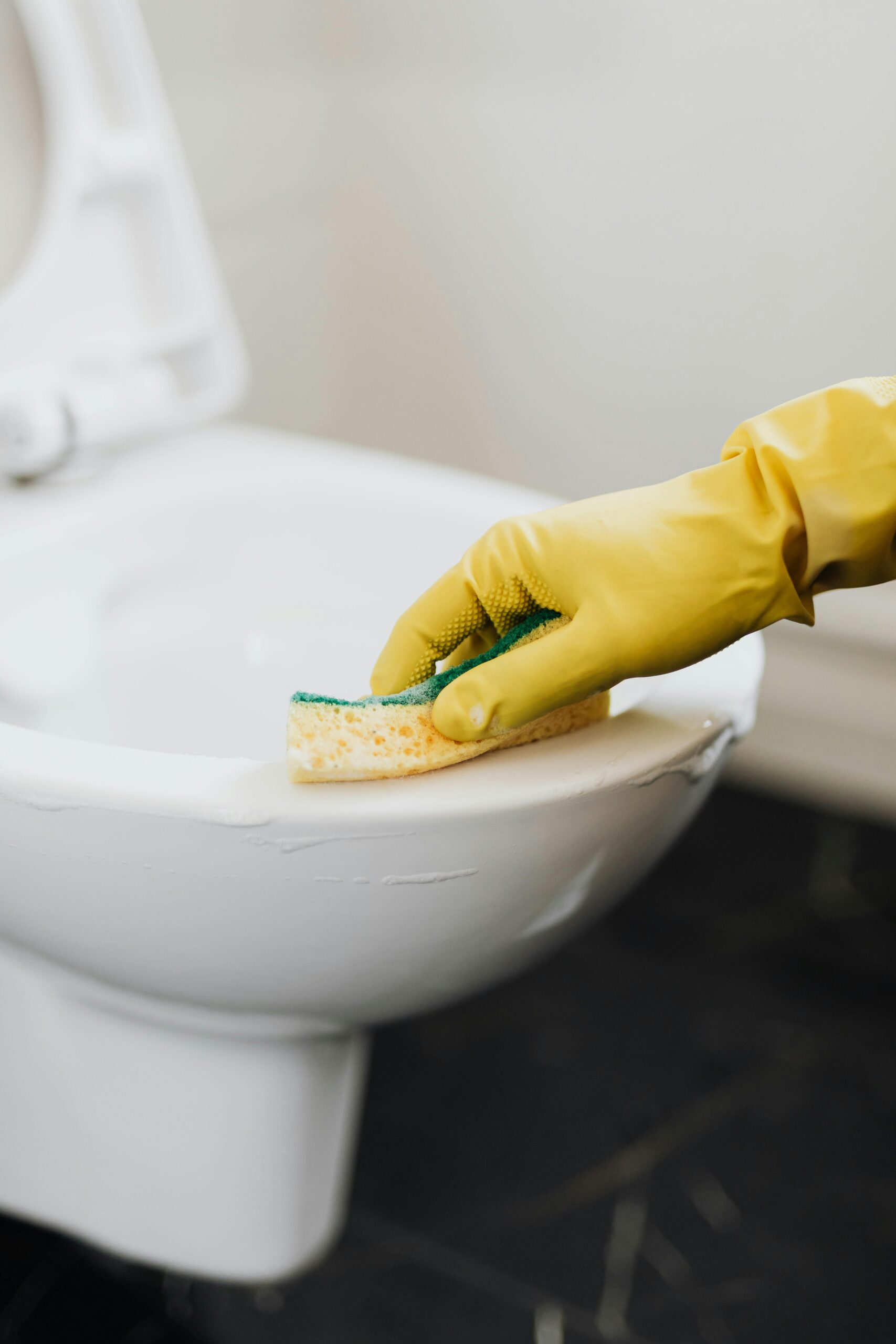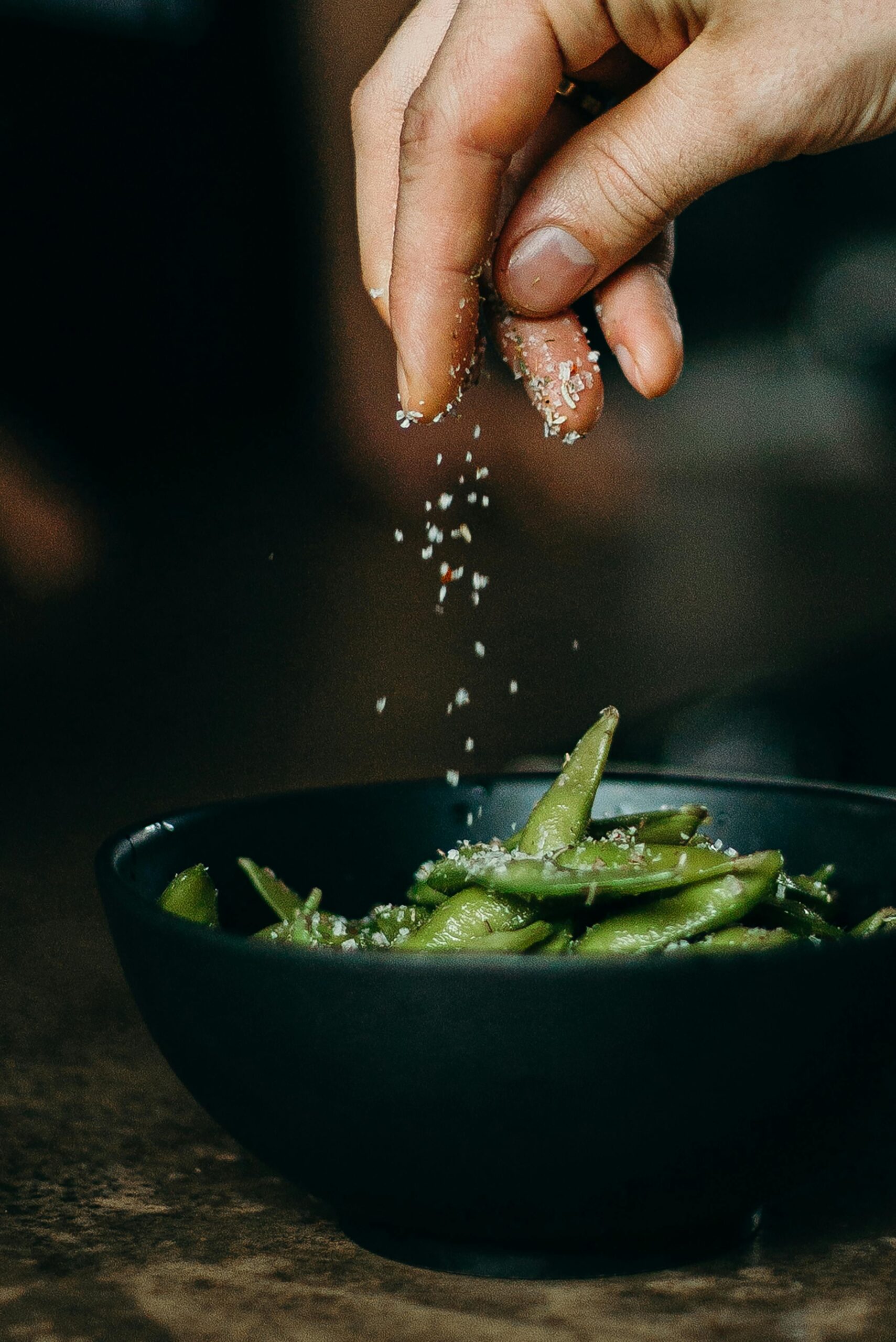Your cart is currently empty!
Report | The Effects of Plyometric Training on Knee Articular Cartilage in Mice
Introduction
Articular cartilage degeneration is a significant concern, particularly in contexts of reduced mechanical loading, such as during prolonged bed rest or microgravity experienced in spaceflight. This degeneration can lead to osteoarthritis, a debilitating condition affecting millions worldwide. Recent research has explored the potential of anabolic exercises to counteract cartilage degradation, with a focus on plyometric training. A recent study demonstrated that plyometric jump training can increase the thickness and volume of knee articular cartilage in mice, suggesting promising implications for human health and performance.
Study Overview
The study involved an experimental setup where mice were divided into three groups: a control group (CON), a hindlimb-suspended group (HLS) to simulate reduced loading, and a plyometric training group (JUMP) that performed jump training for nine weeks. The researchers utilized a novel apparatus designed for controlled jumping, allowing for a standardized exercise regimen.
Key Findings
- Cartilage Health: The HLS group exhibited significant thinning and volume reduction of articular cartilage, alongside clustering of chondrocytes, indicative of cartilage damage. Conversely, the JUMP group showed a remarkable 26% increase in cartilage thickness and a 40% increase in cartilage volume compared to the CON group.
- Bone Structure: The JUMP group also demonstrated improvements in trabecular bone thickness and volume, suggesting that plyometric training positively influences both cartilage and bone health.
- Implications for Spaceflight and Osteoarthritis: The findings indicate that plyometric training could serve as an effective countermeasure to prevent cartilage atrophy in disuse scenarios, such as long-duration spaceflight, and may also benefit individuals at risk of developing osteoarthritis.
Implications for Future Human Studies
The results of this study open up exciting avenues for future research in human populations. Given the limited capacity of articular cartilage for self-repair, exploring the benefits of plyometric training in humans could lead to significant advancements in preventive and rehabilitative strategies for joint health.
- Spaceflight Research: As space agencies prepare for longer missions, such as those to Mars or lunar bases, understanding how plyometric training can mitigate cartilage degradation will be crucial. Future studies could investigate the feasibility and effectiveness of implementing similar training regimens for astronauts.
- Osteoarthritis Prevention: With the rising prevalence of osteoarthritis, particularly among aging populations, incorporating plyometric exercises into physical activity guidelines could provide a proactive approach to joint health. Research could focus on the optimal frequency, intensity, and duration of plyometric training for different age groups and fitness levels.
- Rehabilitation Protocols: Plyometric training may also play a role in rehabilitation programs for individuals recovering from joint injuries or surgeries. Investigating its effects on recovery times and overall joint function could enhance rehabilitation outcomes.
Encouragement to Start Plyometric Jump Training
Given the promising findings from this study, it is an opportune moment to consider incorporating plyometric jump training into your fitness routine. Plyometric exercises, which involve explosive movements such as jumping, can enhance not only joint health but also overall athletic performance.
Benefits of Plyometric Training:
- Improved Joint Health: As demonstrated in the study, plyometric training can increase cartilage thickness and volume, potentially reducing the risk of joint-related issues.
- Enhanced Strength and Power: Plyometric exercises improve muscle strength and power, which can translate to better performance in various sports and physical activities.
- Increased Bone Density: The positive effects on bone structure observed in the study suggest that plyometric training can contribute to stronger bones, reducing the risk of fractures and osteoporosis.
Getting Started
If you’re new to plyometric training, start with basic exercises such as jump squats, box jumps, or burpees. Begin with a few repetitions and gradually increase the intensity and volume as your strength and confidence grow. Always ensure proper form to minimize the risk of injury, and consider consulting a fitness professional for guidance.
Conclusion
The study on plyometric training in mice provides compelling evidence for the benefits of this exercise modality on knee articular cartilage and bone health. As we look to the future, the potential applications of plyometric training in human health, particularly in the context of spaceflight and osteoarthritis prevention, are vast. By incorporating plyometric exercises into your routine, you can take proactive steps toward enhancing your joint health and overall physical performance. Embrace the jump—your joints will thank you!
Chiaberge, M., Thottappillil, N., Liphardt, AM. et al. Plyometric training increases thickness and volume of knee articular cartilage in mice. npj Microgravity 11, 5 (2025). https://doi.org/10.1038/s41526-025-00458-z
TheHill.com Just In Unbiased Politics News
- Trump signs critical minerals agreement with Australiaby Brett Samuels on October 20, 2025 at 4:25 PM
President Trump on Monday signed an agreement to heighten cooperation with Australia on rare earth material and critical minerals. Trump signed the agreement alongside Australian Prime Minister Anthony Albanese, who visited the White House. “We are discussing critical minerals and rare earths, and we’re going to be signing an agreement that’s been negotiated over a…
- Speaker Johnson says Trump ‘No Kings’ AI video was satireby Emily Brooks on October 20, 2025 at 4:25 PM
Speaker Mike Johnson (R-La.) on Monday dismissed an AI-generated video President Trump posted, showing him wearing a crown in a fighter jet and dropping brown sludge on “No Kings” protesters, as “satire,” asserting that some of the protesters at Saturday’s rallies were “trying to incite violence.” “You say that Democrats had a ‘hate America’ rally….
- RFK Jr. to unveil new guidance encouraging more saturated fatsby Nick Smith on October 20, 2025 at 4:10 PM
Foods like butter, cheese and red meat could be reemphasized in new dietary guidelines.
- Chip Roy floats nuclear option on Senate filibuster to end shutdownby Emily Brooks on October 20, 2025 at 4:01 PM
Rep. Chip Roy (R-Texas) on Monday floated the use of the “nuclear option” to end the shutdown and get around Senate filibuster rules that require a 60-vote majority to reopen the government. “We need to be taking a look at the 60 vote threshold. We really do,” Roy told reporters Monday. Senate rules require support…
- Reestablishing the dignity of workby Rep. Erin Houchin (R-Ind.), opinion contributor on October 20, 2025 at 4:00 PM
The “One Big Beautiful Bill” signed into law in 2025 included a work requirement for able-bodied adults without children to remain eligible for Medicaid, restoring the link between work and reward and reconnecting people with their communities.
Featured Articles
Search
Author Details













Leave a Reply